Bigger Really is Better!!
Posted by Adrian Davis on
Pixels, dpi, vectors, resolution. If dealing with graphics isn't an everyday task then these terms can leave you feeling a little confused. For those brave enough to take the plunge into producing your own graphics you deserve a little help. Here is a quick guide to take you through some of the basics.

(above: example of low resolution, below: example of high resolution)

Pixels, dpi, ppi, points, resolution, dot; just some of the terms to describe the same aspect. Whether you're creating an image for a screen or on the printed page, the image will be made of pixels or dots. The more of these that you have in any given area the sharper the image will look.
Print vs Web...
The major differences between these two mediums are that when creating an image for the web you should use RGB colour space and if you are printing the image the colour space should be set to CMYK (you can find more about CMYK and RGB here). Also an image that is used on the internet will have a much lower resolution. Usually 75-120 dpi, which will help the image load faster on a web page. When printing, the norm is 300dpi, any lower and the image will start to appear grainy and pixelated.
So, Go Large...
When you take a photo with your camera set it to the largest file size you can. The same goes for any digital artwork you create, bigger really is better. After you've created the image you can always down-sample it if needed, but if the detail isn't there to start with you'll never be able to add detail when up-sampling.
And finally...
Use the appropriate file type when saving your file. Jpeg's (or jpg) are best for images with lots of detail such as photographs. Gif's and png's are better for much simpler graphics such as logos with a couple of colours.
